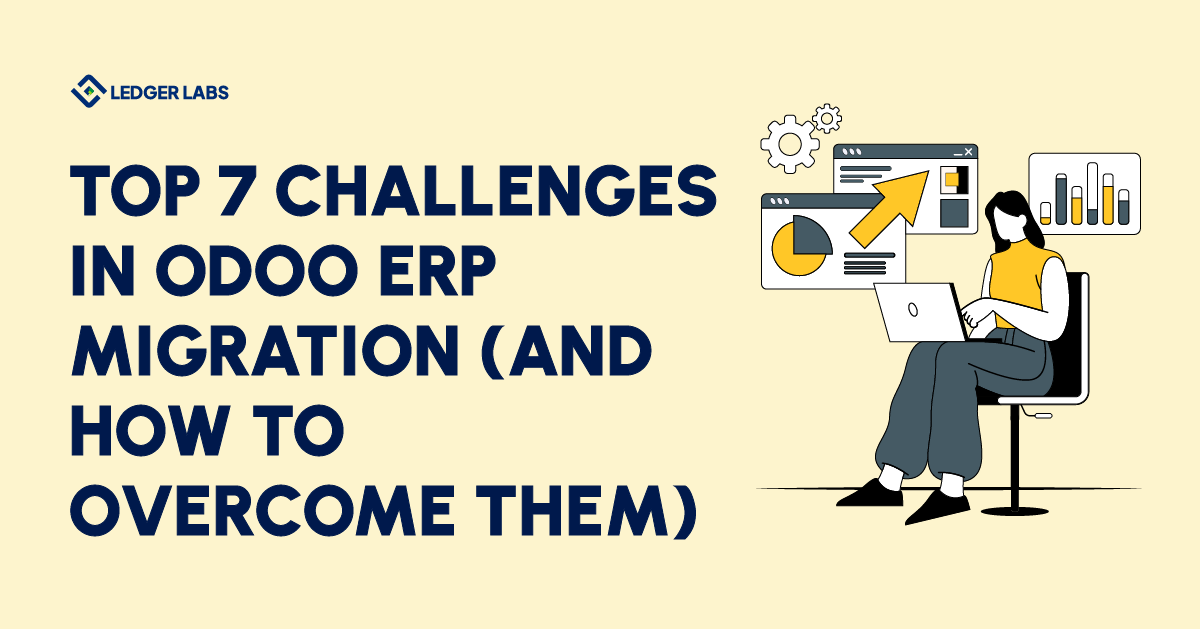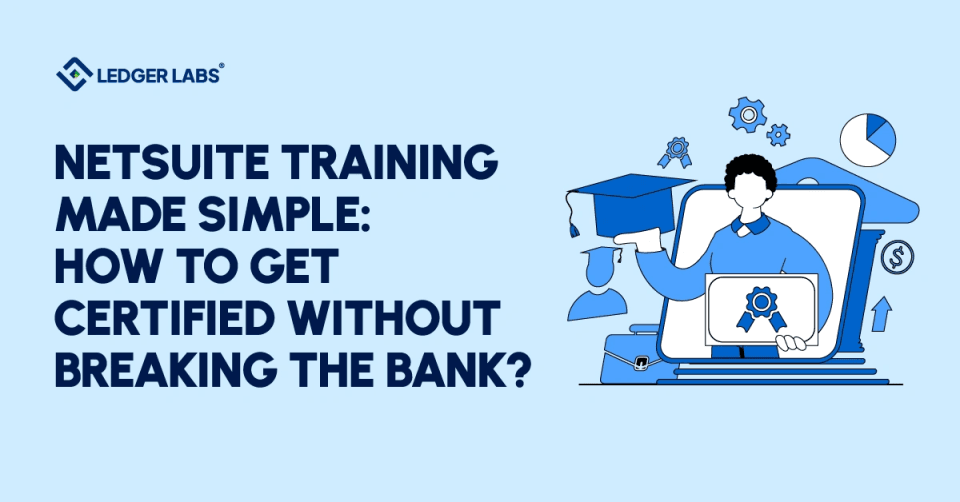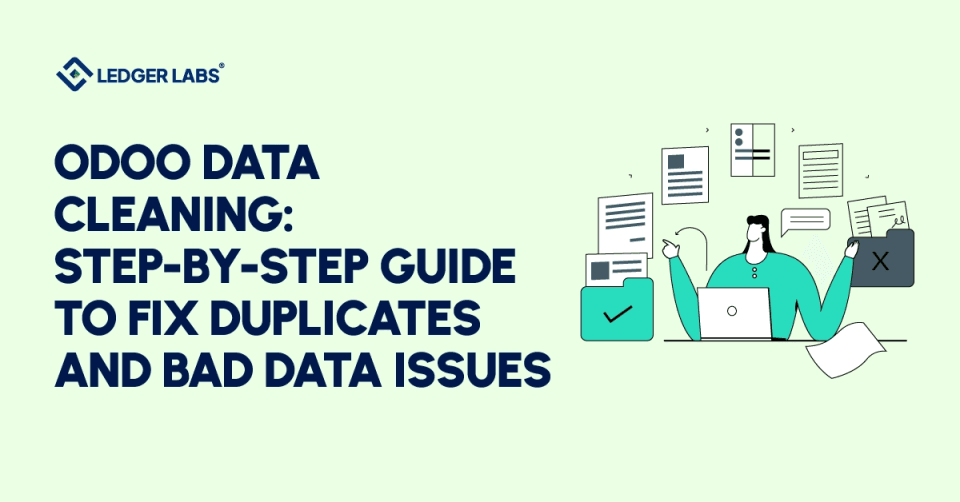Switching to Odoo is merely a software upgrade. It is a reset of how your business operates. And when done right, it gives you control, visibility, and scale across every department.
However, when done poorly, it creates confusion at the core of your operations.
The software is not the problem. Odoo is a powerful tool that’s built for complex businesses. The real risk lies in how you migrate. That includes how you move your data, redesign your workflows, and train your team to trust a new system.
At Ledger Labs, we have managed over 400 Odoo migrations. And yet the patterns are always the same. Bad data. Broken reports. Delayed launches. Frustrated teams. These issues are predictable. And they are preventable.
This article breaks down the seven core problems we see in real-world migrations. If you are preparing to move into Odoo or trying to fix a system that already feels broken, this is what you need to know before a single field is imported.
And it begins with the single most expensive mistake companies make during migration. They bring in insufficient data and assume it will sort itself out later.
- Migration is not a technical swap. It is a business redesign. Rebuilding systems with intention, not imitation, separates scalable growth from expensive rework and stalled rollouts six months later.
- Data quality drives everything. Migrating duplicates, gaps, or outdated records can corrupt reporting and delay operations. Clean your vendors, SKUs, and ledgers before you touch a single import screen.
- Finance must lead early. The chart of accounts mapping, tax rules, and opening balances are foundational. Miss them, and your reporting fails, your first close breaks, and audits become a firefight.
- Without structured testing, production becomes the experiment. Sandbox environments, role-based walkthroughs, and parallel runs catch failures before they affect customers, revenue, or trust in the new system.
- Migration is not done at go-live. That is when the real risks surface. Without post-launch monitoring and support, bugs multiply, users get frustrated, and confidence in the ERP collapses.
What You Should Know!
- 85 percent of businesses say that inaccurate data is limiting their ability to execute strategic initiatives (experianplc.com)
- 32 percent of U.S. organizations estimated that nearly one‑third of their data is inaccurate, leading 91 percent to believe it negatively impacts revenue (experian.com)
- 66 percent of mid‑market companies report that their ERP setup fails to scale as the business grows (cio.com, ww1.prweb.com)
- Organizations using structured user acceptance testing reduce post‑launch ERP issues by 50 percent (netsuite.com, arxiv.org)
- EDF0 firms on ERP see a 13 percent reduction in operational costs by staying current with the latest release (logres.nl)
Also Read: How to use Odoo for e-commerce (effectively)
1. Bad Data Comes In, Bad Decisions Go Out
According to Experian’s Global Data Management report, 85 percent of companies say inaccurate data is limiting their ability to deliver strategic initiatives.
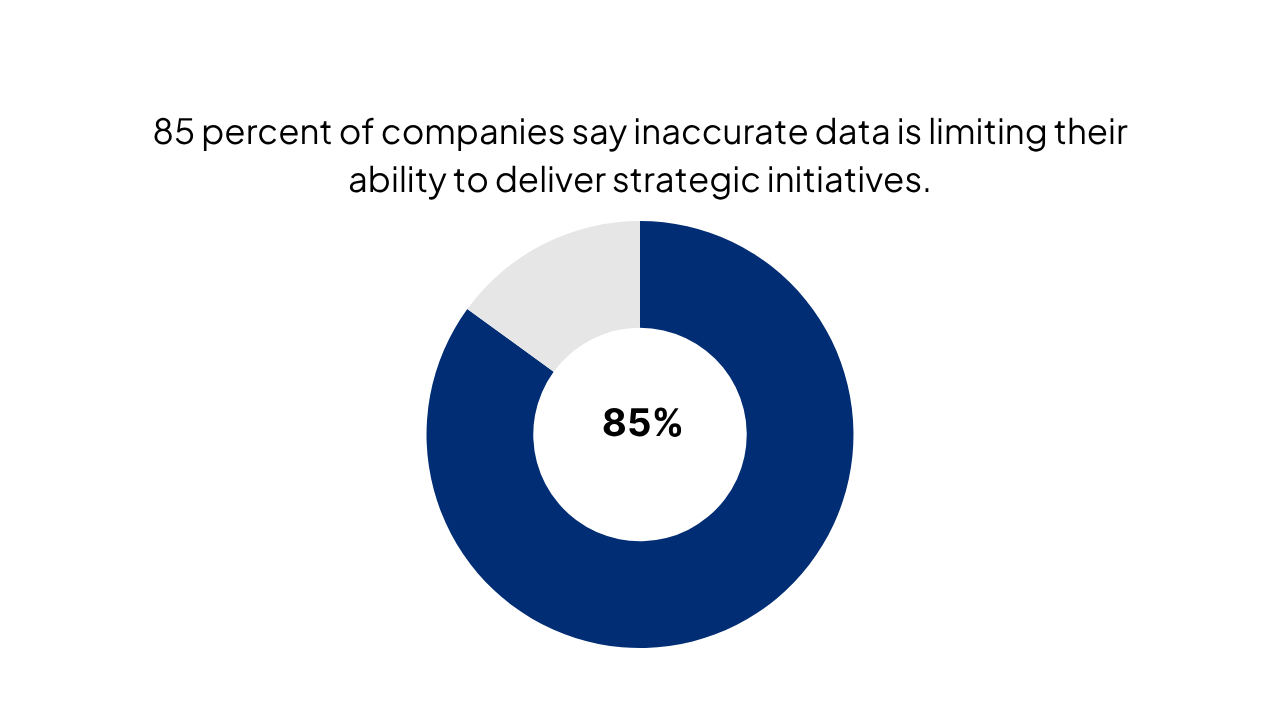
If your business decisions depend on reliable reports, then every flawed import weakens your ability to lead.
Every ERP system runs on data.
If your inputs are flawed, your reports will be inaccurate, your forecasts will be unreliable, and your operations will suffer as a result. Most companies underestimate the extent to which their existing data is actually messy, including:
- Vendor lists with duplicates.
- Customer records with no contact info.
- Products with missing SKUs or outdated prices.
- Accounting ledgers filled with open balances from five years ago.
Odoo will not clean this for you. It will import whatever you give it, and once it is in, correcting it is time-consuming and expensive. We have seen businesses delay go-live by two months just trying to untangle poor inventory mapping or inaccurate chart of accounts structures.
Data should not be migrated in bulk without discipline. Every dataset requires review, cleanup, deduplication, and alignment with Odoo’s field structures.
That includes product categories, tax rules, journal entries, and analytic tags. You need a single source of truth, and you need it before migration begins.
2. Ignoring Accounting and Compliance Early
ERP migration is not just a technology project. It is a financial reset. And if your accounting setup is not planned from the outset, your migration is already off track.
We have worked with companies that spent months on CRM workflows and inventory logic, only to realize they never validated their chart of accounts, journal mapping, or fiscal year logic.
And this, in most cases, led to broken reports, late audits, and frustrated controllers.
Your finance team needs to be involved from the very beginning. You cannot just import balances. You need opening entries, clean reconciliations, and tax logic aligned with how your business actually reports.
Payroll liabilities, inventory valuations, receivables, and deferred revenue must all migrate cleanly; otherwise, your first financial close in Odoo will be delayed and incomplete. If your system cannot produce reliable financial statements on demand, it is not a tool. It is a liability.
3. Trying to Copy the Old System into the New One
Gartner’s 2023 ERP Modernization Report found that companies that treat ERP migration as an operations redesign achieve 35 percent faster user adoption and are twice as likely to meet their reporting and performance KPIs in year one.
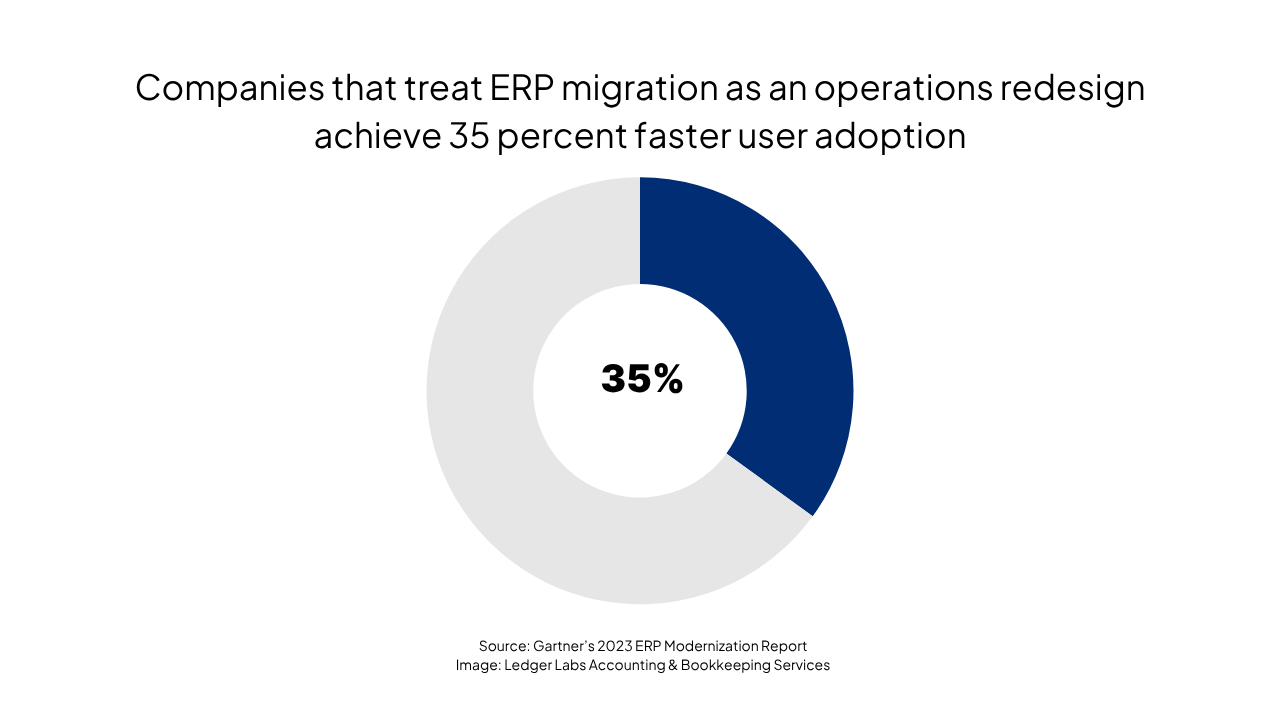
If your goal is growth, copying the past will not get you there.
One of the most common mistakes we see is companies trying to force Odoo to look and behave exactly like their previous platform. Whether you are coming from QuickBooks, NetSuite, or custom legacy software, this is not a migration. It is replication, and it almost always fails.
Odoo is not a mirror. It is an opportunity to build more intelligent systems that reflect how your business operates today, not how it functioned five years ago. Trying to recreate every custom report, every hacked workflow, and every shortcut is a guaranteed way to overcomplicate the migration and lose out on what makes Odoo flexible in the first place.
Real ERP transformation means evaluating your processes. Not all of them deserve to move forward.
Some should be rebuilt.
Some should be retired.
Founders who approach migration with the mindset of simplification almost always end up with stronger systems and lower maintenance costs.
4. Skipping Sandbox Testing and Process Walkthroughs
According to Deloitte’s ERP readiness research, organizations that use structured user acceptance testing reduce post-launch issues by 50 percent.
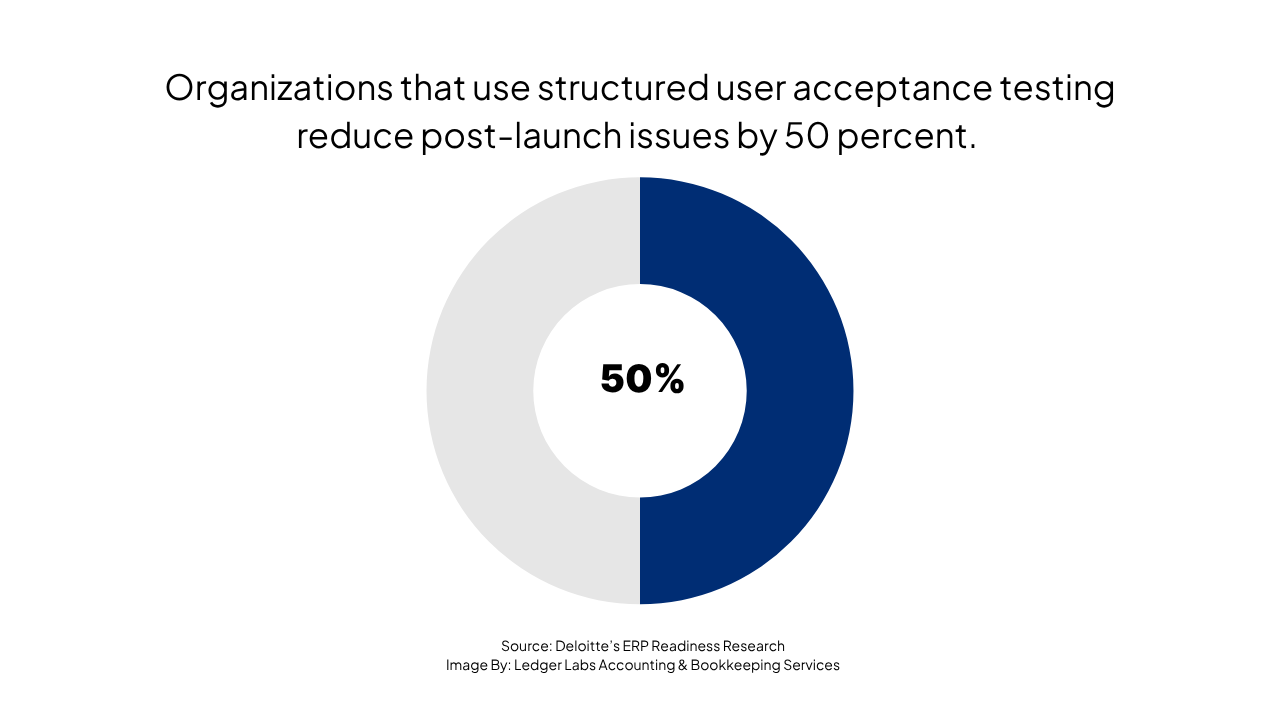
That is not a small win. That is the difference between a confident launch and a six-week cleanup.
ERP systems are complex by design.
They touch multiple departments, dozens of workflows, and hundreds of edge cases. Skipping a proper test environment is one of the most dangerous mistakes companies make during Odoo migration.
Without a sandbox, every mistake happens in production. You do not want your first live invoice to be the first time someone tests the flow.
A well-run migration includes a parallel testing phase where finance, operations, sales, and logistics teams run their daily routines in a safe environment. This is where errors surface early, workflows get refined, and permissions are fine-tuned. It is also where teams build trust in the new system.
Also Read: Common Errors in Odoo Accounting
At Ledger Labs, we create structured user testing templates that mirror real business activity. This includes running mock inventory transfers, validating journal entries, sending test invoices, and reconciling fake bank feeds. Nothing goes live until it survives the sandbox.
5. Underestimating Change Management and Training
Even the most well-configured ERP system fails without user buy-in.
Your employees are not just adopting new software. They are unlearning years of habits. They are changing how they log hours, fulfill orders, approve expenses, and access reports.
And that shift does not happen overnight.
Founders often assume that a brief training session and a PDF guide will suffice.
It won’t.
Training needs to be ongoing, role-based, and layered with real-time support. Department leads should be trained first, then become internal champions. All users need structured access to live examples and clear escalation paths for issues.
Change management is about building momentum rather than avoiding resistance.
If your staff believe the new system makes their work easier and more accurate, they will adopt it quickly. If it feels like extra steps or breaks often, they will quietly revert to using spreadsheets and email.
6. Migrating Everything Instead of What Matters
Not all data needs to make the jump. This is a concept many companies resist. They believe that more data equals more control. But moving every record, every invoice, and every outdated workflow creates more noise, not more insight.
Old purchase orders, stale customer accounts, inactive vendors, closed tickets from 2017—these do not belong in your new system.
Every extra object adds risk during import, increases your database size, and clutters reports.
Odoo performs best when it is clean.
When your product database has no duplicates. When your vendor list only includes real vendors. When your CRM does not include dead leads from five years ago.
At Ledger Labs, we recommend a hybrid model. Move only active records. Archive the rest in a flat file or read-only system for compliance. The result is a faster migration, a cleaner go-live, and better reporting from the start.
7. Launching Without Support or Post-Go-Live Monitoring
According to Accenture’s 2023 ERP lifecycle analysis, 62 percent of post-launch failures happen within the first eight weeks.
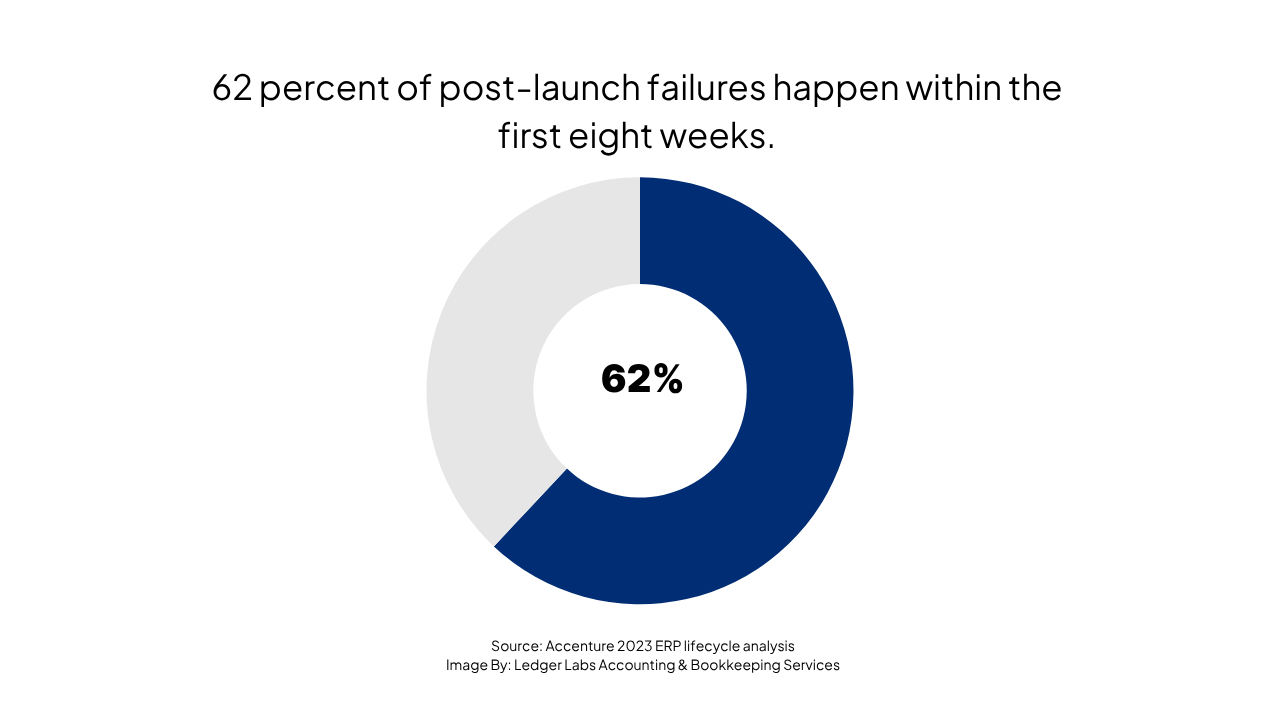
Most failures are preventable. But only if you have someone watching the system, guiding your team, and closing gaps as they appear.
Odoo migration is not finished at go-live. That is when the real work begins. This is when your team starts using the system for real transactions.
And this is also when small bugs become serious blockers. Most freelancers disappear at this stage, yet Odoo experts like Ledger Labs don’t.
Post-launch support is not optional. It is the safety net that protects your first financial close, your first inventory reconciliation, and your first real KPI report.
If your migration team is not on call for the first 30 to 60 days, you are asking for silent system failures.
Founders should insist on a post-launch support plan. That includes live monitoring of logs, response windows for tickets, and a weekly review of early issues. It should also include documentation handoff, system backups, and a roadmap for updates or user feedback.
Also Read: Odoo Accounting Firm vs. In-House Team: What Saves More in the Long Run?
Final Thoughts
ERP migration is one of the most critical operational decisions a company can make. It is not a data import. It is a business redesign. And when it is done poorly, it leaves lasting damage. Missed forecasts. Broken reports. Staff confusion. Compliance risk. Slower growth.
But when done well, it creates clarity. It gives you control over your data, confidence in your reporting, and alignment across every department.
And that outcome is only possible when you treat the migration as a serious, founder-level initiative, not a technical task.
At Ledger Labs, we specialize in high-stakes Odoo accounting services and migrations. We bring structure, discipline, and real-world experience to every engagement.
If you are planning a move—or recovering from one—book a discovery call with us. We will show you what is broken, what can be saved, and what it takes to get your system where it needs to be.


